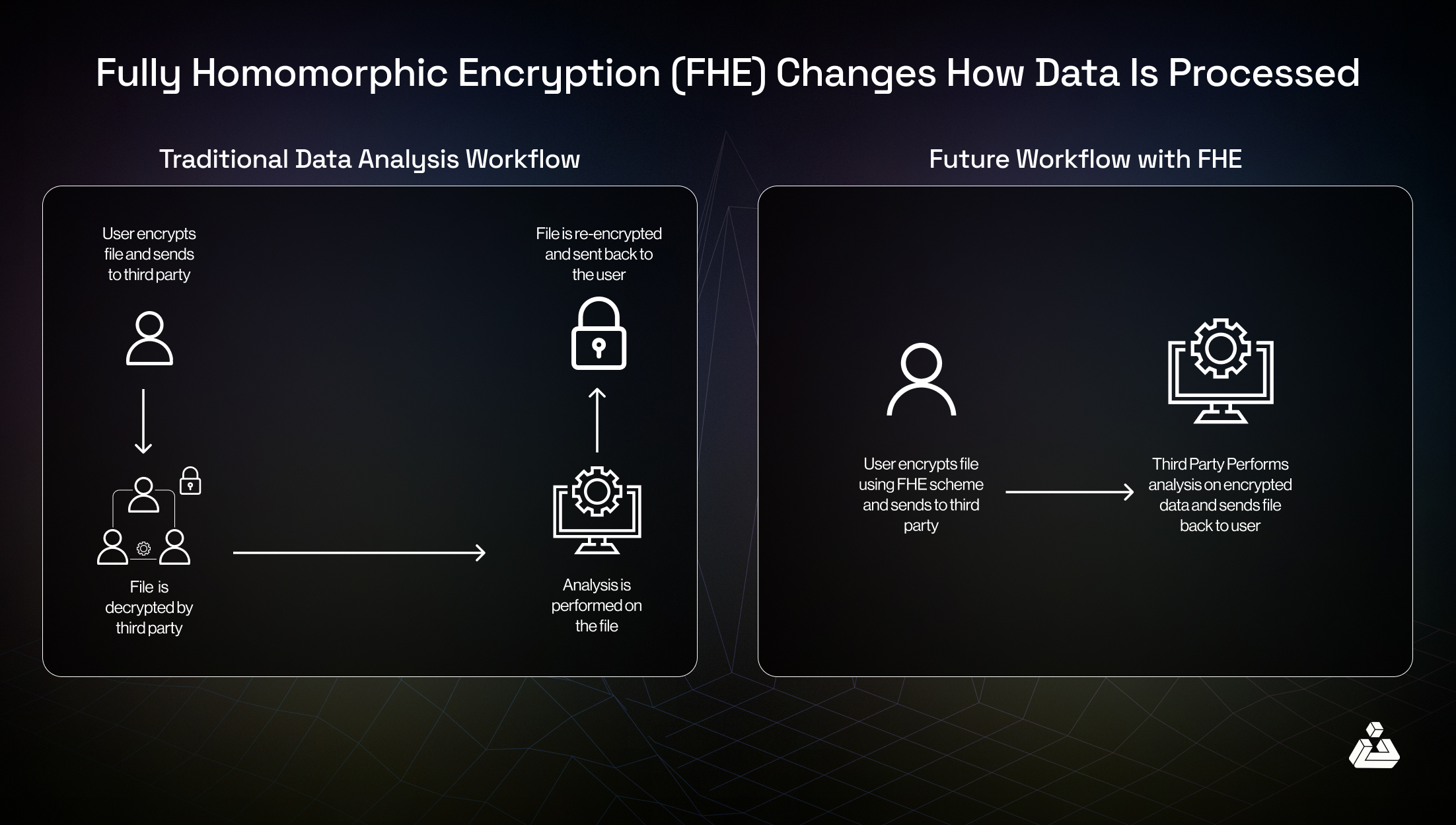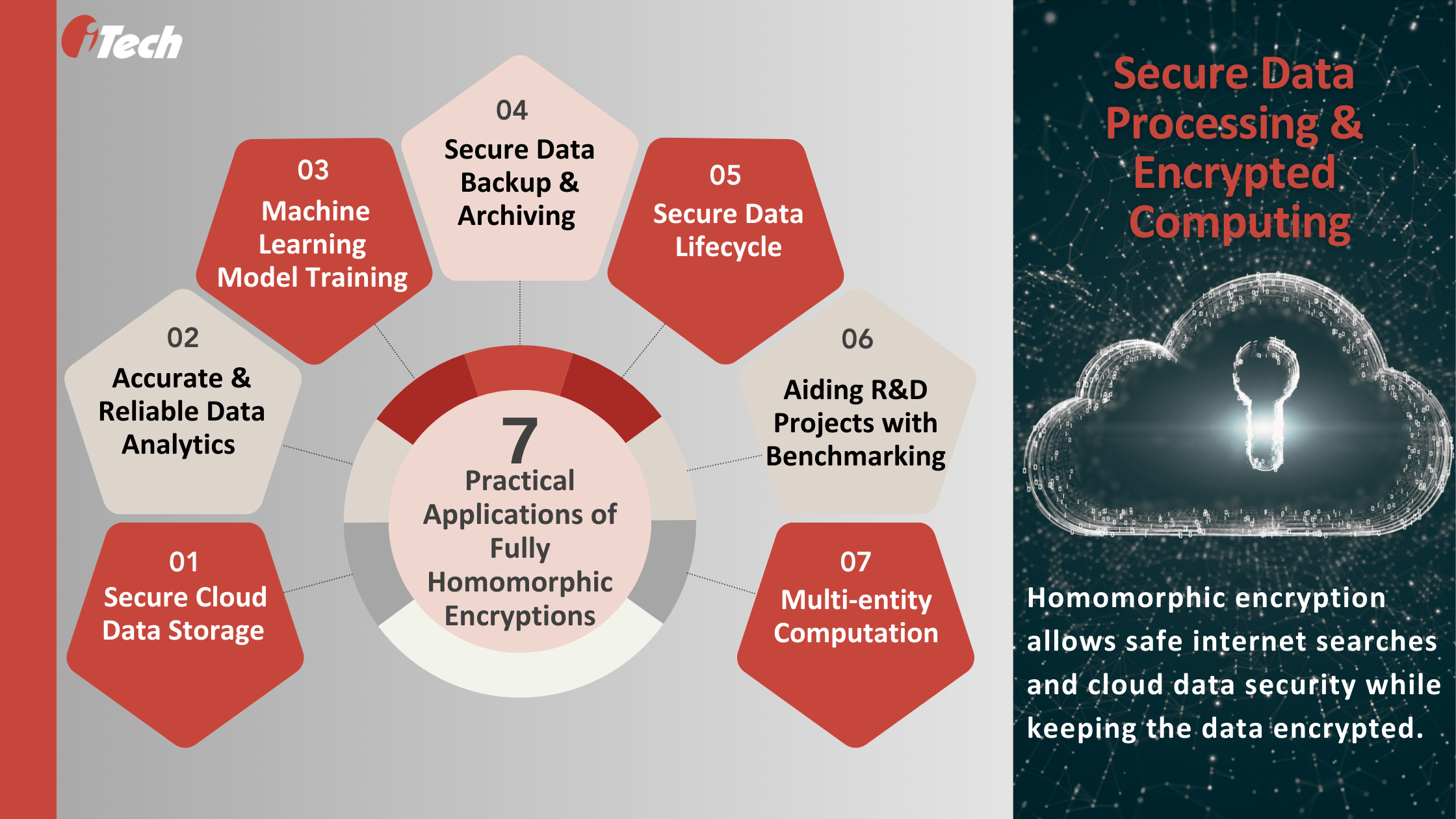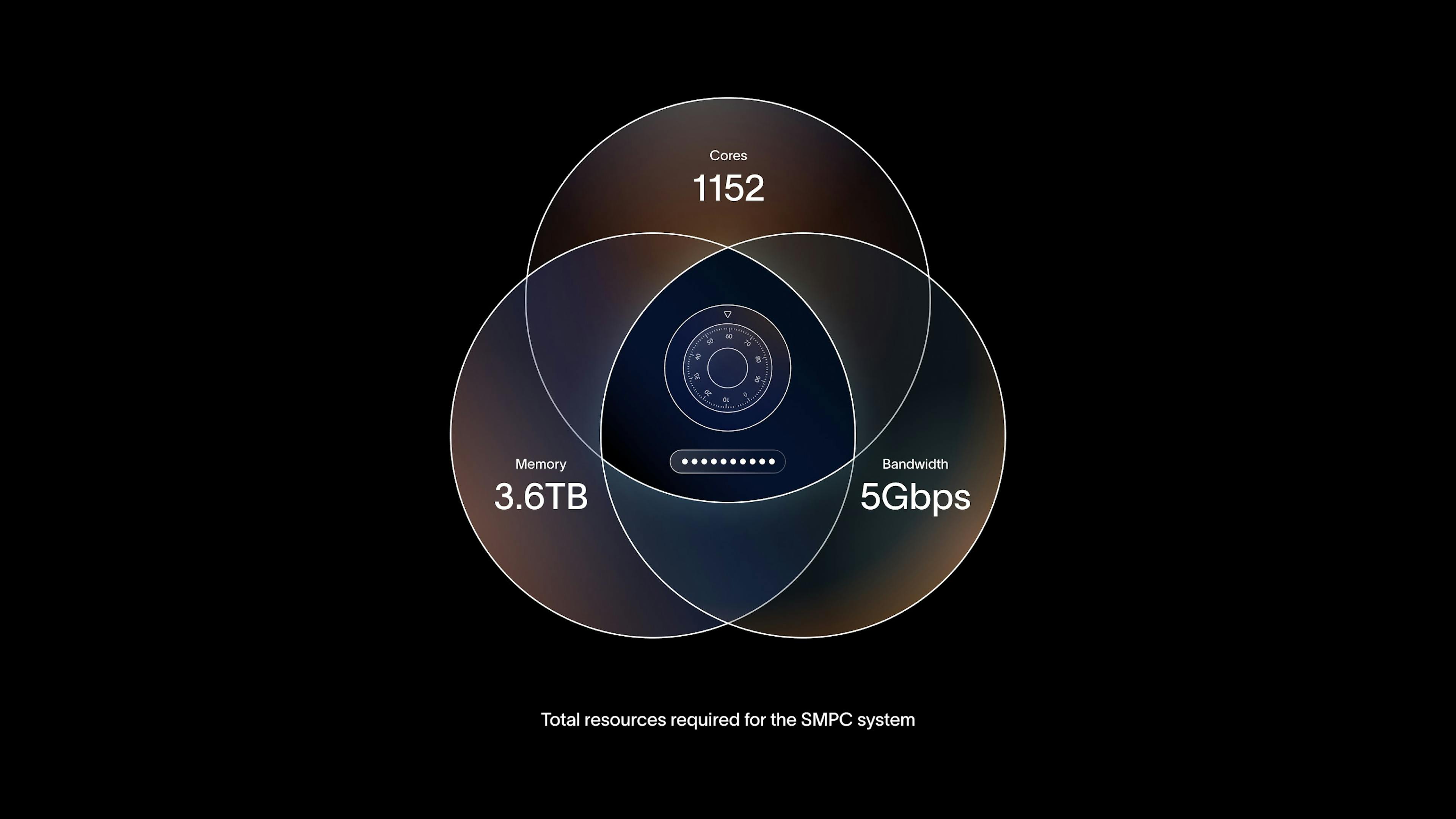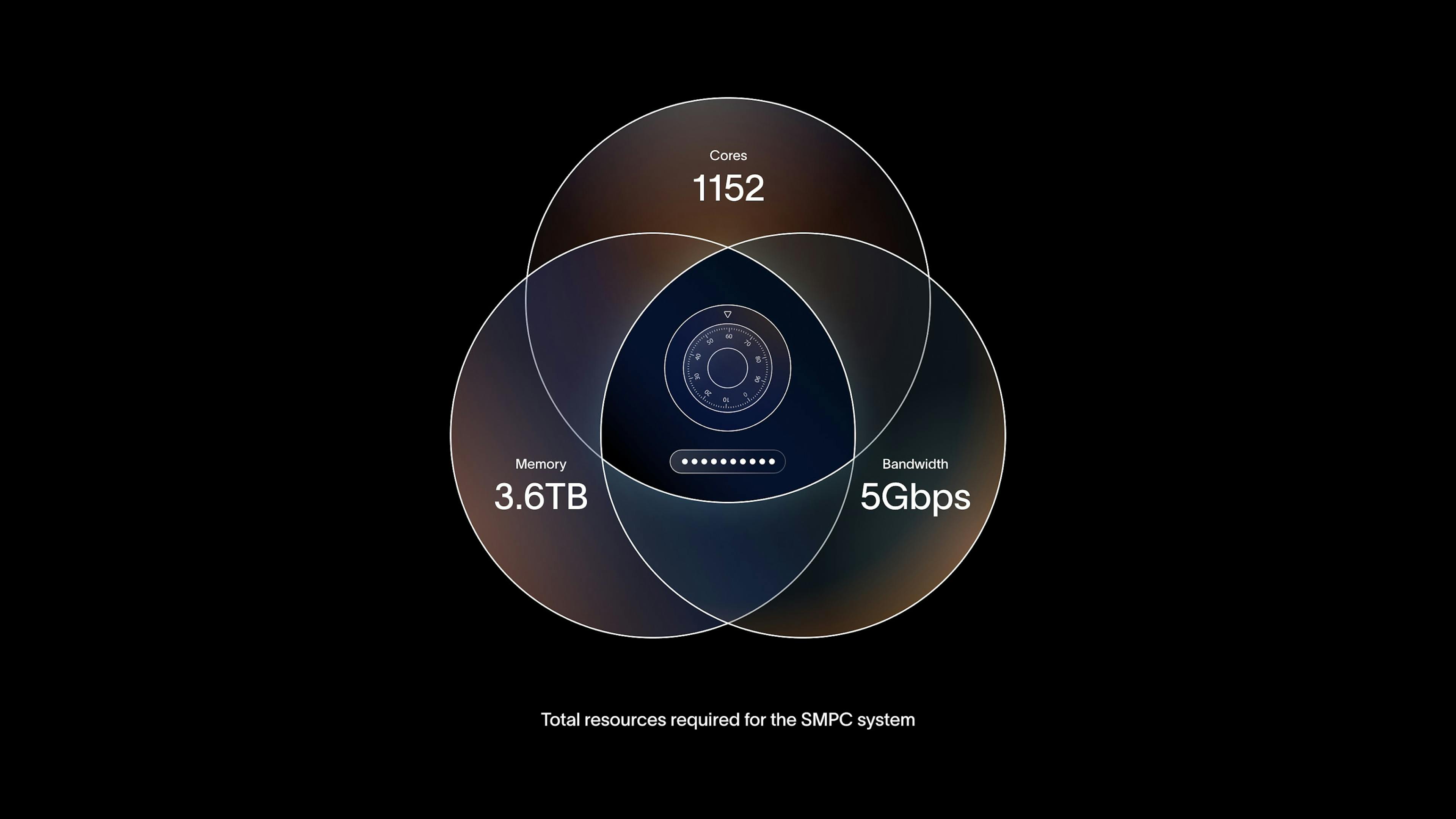
Privacy is a cornerstone of modern blockchain applications, especially as enterprises and developers seek to leverage sensitive data without compromising security. Two of the most advanced cryptographic techniques in this domain are Homomorphic Encryption (HE) and Secure Multi-Party Computation (SMPC). Both approaches promise robust privacy for smart contracts and decentralized applications, but they do so through fundamentally different architectures. Understanding their distinctions is essential for anyone building or investing in next-generation blockchain privacy solutions.

How Homomorphic Encryption Powers Encrypted Smart Contracts
Homomorphic Encryption allows computations to be performed directly on encrypted data. The result? You can process sensitive information without ever decrypting it, ensuring that private inputs remain confidential throughout the computation lifecycle. When the final encrypted result is decrypted, it matches what you would expect if you had run the same computation on plaintext data.
This property is particularly valuable for blockchains that need to process off-chain or on-chain data securely. For example, healthcare providers can analyze patient records stored on a blockchain using HE, enabling research without exposing individual patient details. Similarly, financial institutions could run risk assessments or compliance checks on encrypted transaction histories.
However, Fully Homomorphic Encryption (FHE), which supports arbitrary computations on ciphertexts, remains computationally expensive. This high overhead can slow down contract execution and limit scalability in production environments. As noted by researchers at ScienceDirect and OpenZeppelin, current FHE implementations are best suited for scenarios where privacy is paramount and performance trade-offs are acceptable (source). For a deeper dive into how these systems are being architected for real-world use cases, see OpenZeppelin’s analysis of FHE coprocessors for blockchain privacy.
The Collaborative Model: Secure Multi-Party Computation
In contrast to HE’s single-party computation model, SMPC enables multiple parties to jointly compute a function over their private inputs without revealing those inputs to each other or any third party. Each participant holds a share of the data; through carefully orchestrated protocols, they contribute to the computation and learn only the final output.
This collaborative approach excels in scenarios where mutual distrust exists but joint action is necessary. Consider several banks wishing to detect fraudulent activity across their combined datasets without sharing customer details directly; SMPC enables such cooperation while keeping all proprietary information secret (source). In DeFi and cross-institutional analytics, this privacy-preserving collaboration is increasingly vital as regulatory scrutiny intensifies.
Performance-wise, SMPC often outpaces FHE in terms of raw computational speed but introduces significant communication overhead as parties must constantly exchange messages during protocol execution. As the number of participants grows, network latency and coordination complexity become major scaling challenges.
Comparative Analysis: Which Solution Fits Your Blockchain Privacy Needs?
The choice between Homomorphic Encryption and Secure Multi-Party Computation hinges on several practical considerations:
Homomorphic Encryption (HE) vs. Secure Multi-Party Computation (SMPC) for Blockchain Privacy
| Aspect | Homomorphic Encryption (HE) | Secure Multi-Party Computation (SMPC) |
|---|---|---|
| Computation Model | Single-party processing on encrypted data. | Collaborative computation among multiple parties, each holding private data. |
| Performance | Computationally intensive, especially for Fully Homomorphic Encryption (FHE), leading to slower processing. | Generally faster than HE but incurs high communication overhead due to the need for constant interaction among parties. |
| Scalability | Limited by computational costs associated with processing encrypted data. | Limited by network latency and communication complexity as the number of participants increases. |
| Use Cases | Suitable for scenarios requiring computations on encrypted data by untrusted servers, such as cloud computing. | Ideal for joint computations where multiple parties need to collaborate without revealing their private inputs. |
If your application requires computations on encrypted data by untrusted nodes, think cloud-based analytics or confidential smart contract execution, HE offers strong guarantees at the cost of higher processing times. On the other hand, if you’re orchestrating joint computations among multiple stakeholders with no centralized trust authority, as seen in consortium blockchains or collaborative risk modeling, SMPC provides an elegant solution despite its communication demands.
The latest research highlights hybrid models that combine both approaches for maximum flexibility (source). These protocols aim to minimize trade-offs by leveraging HE’s computational privacy alongside SMPC’s distributed trust architecture, a promising direction as privacy requirements become more stringent across industries.
Looking beyond technical distinctions, real-world adoption of Homomorphic Encryption and Multi-Party Computation in blockchain privacy solutions is shaped by ecosystem maturity, developer tooling, and evolving regulatory landscapes. Enterprises must weigh not just performance and scalability, but also the ease of integration with existing smart contract frameworks and compliance requirements.
Strategic Considerations for Developers and Enterprises
For developers building encrypted smart contracts, the choice often comes down to:
Key Factors When Choosing HE vs. SMPC for Blockchain Privacy
-

Computation Model: Homomorphic Encryption (HE) enables computations on encrypted data by a single party, while Secure Multi-Party Computation (SMPC) requires collaboration among multiple parties, each holding private data.
-

Performance and Efficiency: HE—especially Fully Homomorphic Encryption (FHE)—is computationally intensive and often slower. SMPC typically offers faster computation but incurs higher communication overhead due to constant data exchange between parties.
-

Scalability: HE scalability is limited by computational costs, making it less suitable for large-scale or real-time blockchain applications. SMPC faces scalability challenges as the number of participants increases, leading to greater network latency and protocol complexity.
-

Trust and Threat Model: HE is suitable when untrusted nodes must process encrypted data without access to plaintext. SMPC is ideal for scenarios where multiple parties do not fully trust each other but need to jointly compute results without revealing their individual inputs.
-

Application Suitability: HE is well-suited for privacy-preserving computations on data stored or processed by untrusted servers, such as in healthcare or cloud services. SMPC excels in collaborative settings like joint fraud detection between banks or federated learning.
-

Integration and Ecosystem Support: Consider the maturity of available libraries and frameworks. HE has growing support through projects like Microsoft SEAL and HElib. SMPC is supported by established platforms such as AllianceBlock MPC and Partisia Blockchain.
- Data Sensitivity: If absolute confidentiality is required (e. g. , medical or biometric data), FHE’s end-to-end encryption model may be preferable despite computational costs.
- Number of Participants: SMPC scales well for small groups but can become unwieldy as the participant count grows due to communication overhead.
- Computation Complexity: Simple arithmetic or aggregation tasks are efficiently handled by both; complex logic favors SMPC unless FHE hardware acceleration is available.
- Ecosystem Support: Both paradigms are seeing rapid improvements in SDKs, libraries, and protocol standards. However, SMPC frameworks like MPyC or Partisia offer strong multi-language support today.
Emerging Hybrid Models: The Best of Both Worlds?
The latest research trend is the fusion of HE and SMPC into hybrid protocols. By encrypting data with homomorphic schemes before sharing among multiple parties who then run SMPC protocols on the ciphertexts, these models aim to deliver robust privacy even in adversarial environments. This approach mitigates single-point vulnerabilities while balancing computational and communication costs (ScienceDirect). Such architectures are particularly promising for cross-border finance, collaborative machine learning on-chain, and privacy-preserving voting systems.
As practical deployments increase, industry leaders are investing heavily in optimizing both cryptographic primitives. Hardware accelerators for FHE are reducing latency, while new SMPC protocols cut down on bandwidth needs without sacrificing security guarantees. The result: confidential computations that were once theoretical are now feasible at scale for DeFi protocols, DAOs, healthcare consortia, and more.
Key Takeaways for Blockchain Privacy Solutions
The landscape of blockchain privacy is rapidly evolving. Here’s what matters most as you navigate your options:
- No one-size-fits-all solution exists yet. Homomorphic Encryption shines where computation on encrypted data by untrusted parties is essential; Multi-Party Computation excels in collaborative scenarios with distributed trust.
- Hybrid approaches are gaining real traction, leveraging the strengths of both techniques to address broader use cases and stricter compliance demands.
- The developer experience is improving quickly, with more robust libraries, better documentation, and emerging standards making integration less daunting than even a year ago.
- Regulatory clarity is coming into focus, especially in finance and healthcare sectors where encrypted smart contracts can help meet data protection mandates without stifling innovation.
If you’re evaluating blockchain privacy solutions today, stay agile: monitor advances in both cryptography domains as well as new frameworks that abstract away complexity for end users. For a technical deep dive into recent breakthroughs or implementation guides tailored to your sector’s needs, see resources like ScienceDirect’s protocol analysis (link) or OpenZeppelin’s coverage of FHE coprocessors.






